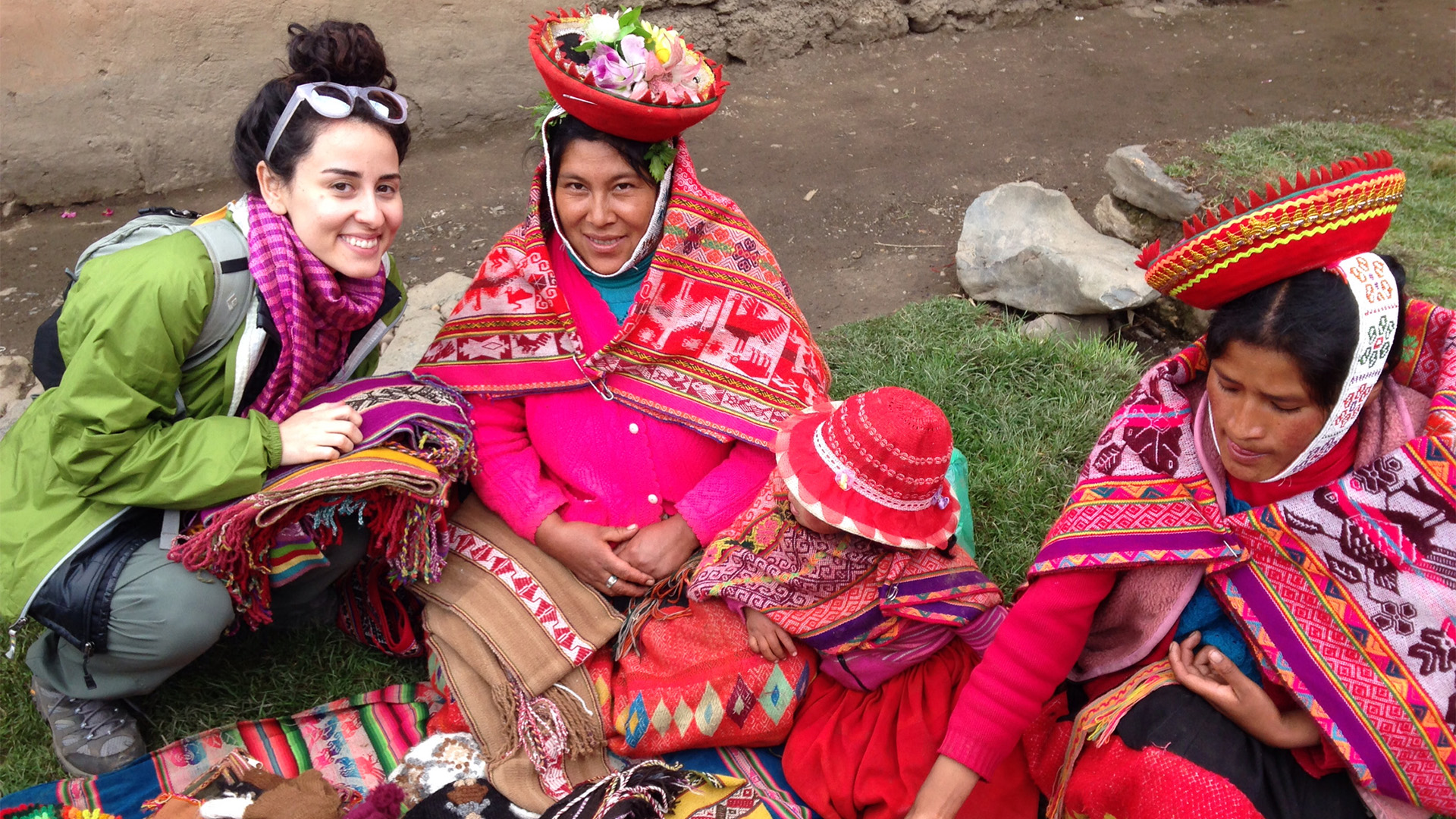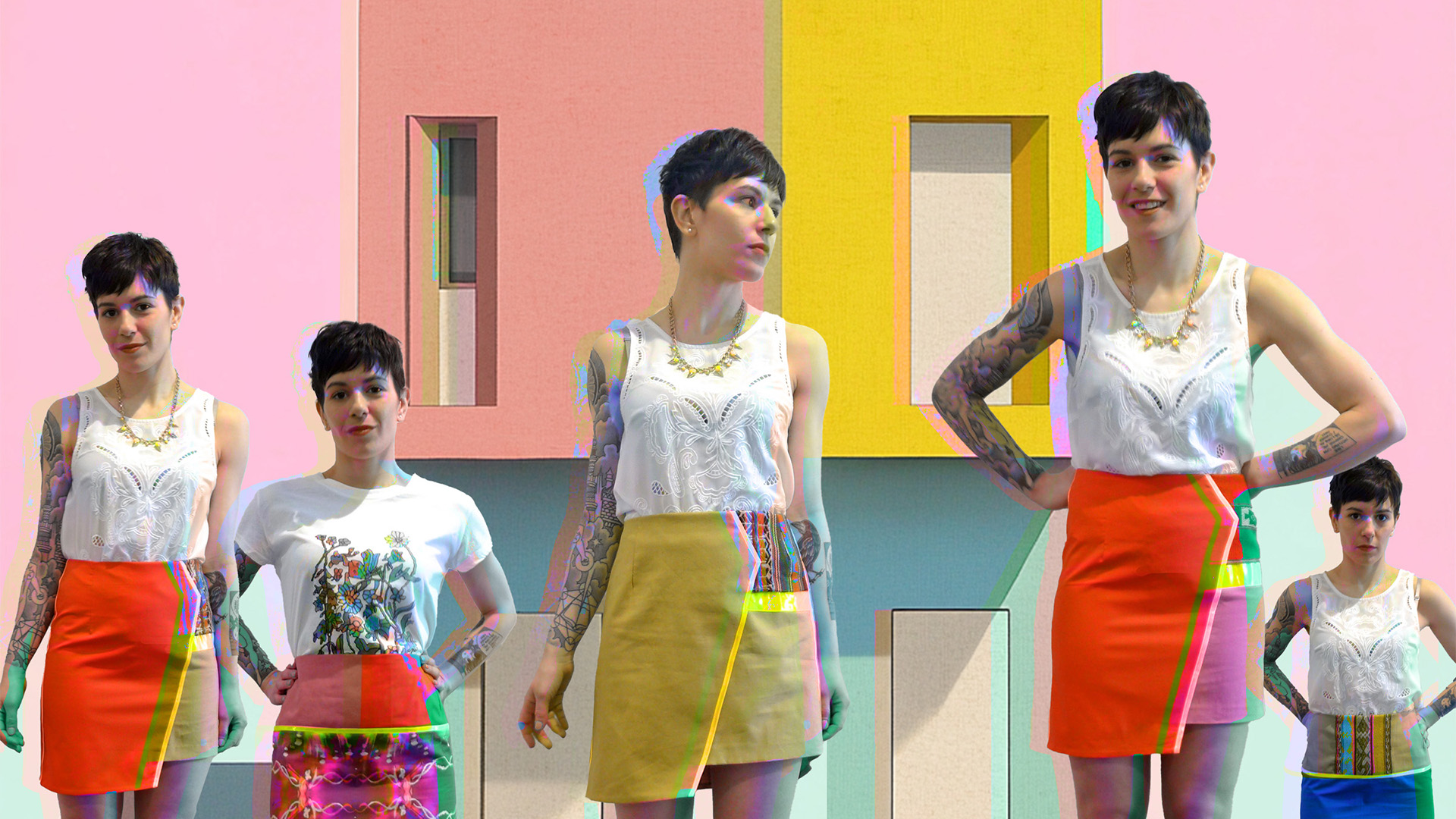No Sloths Were Harmed

the impact
This initiative sparked a conversation about sustainability in fashion, proving that ethical clothing could be both stylish and socially impactful. Key outcomes included:
- Amplified Awareness – The #NoSlothsWereHarmed movement resonated globally, gaining traction among eco-conscious consumers and influencers.
- Sustained Artisan Livelihoods – By sourcing textiles directly from Quechua artisans, the project provided income while preserving traditional weaving techniques.
- Consumer Education – The traceable t-shirt line empowered customers with knowledge about where their clothing came from, fostering a deeper connection to responsible fashion.
- Bridging Fashion & Conservation – By integrating wildlife conservation into brand storytelling, the project highlighted the connection between ethical fashion and environmental stewardship.
Project Breakdown
Fresh out of the Fashion Institute of Technology (FIT) with degrees in Fashion Design and Textile Development, I began my career designing lingerie for boutique brands—some even worn by Playboy Bunnies at the Mansion. Soon after, I ventured into independent design, creating custom pieces for high-profile clientele, including members of the Grammy-winning band Arcade Fire.
However, my experiences in the mainstream fashion industry left me disillusioned. Witnessing excessive waste and unethical labor practices firsthand, I sought a new path—one rooted in sustainability, transparency, and responsible sourcing. This journey took me from the bustling streets of New York City to the Andean mountains and the Amazon rainforest, where I redefined my approach to design.
What emerged was a commitment to forest-friendly fashion, culminating in a traceable, ethically produced clothing line and the viral #NoSlothsWereHarmed movement.
The Challenge
The fashion industry has long been plagued by unsustainable practices—wasteful production, exploitative labor, and environmentally destructive sourcing. My early career exposed me to these realities, particularly in South American sweatshops, where I saw firsthand the staggering waste of fabric and resources.
Beyond that, the disconnect between consumers and the origins of their clothing was evident. Shoppers had little awareness of where their garments came from, who made them, or the environmental impact of production. I wanted to change that by creating fashion that told a story—one of transparency, ethical craftsmanship, and sustainability.

the solution
My response was to leave behind the conventional fashion industry and build a new model from the ground up—one that honored people, animals, and the planet. Key initiatives included:
- Direct Collaboration with Artisans – Traveled to the Andes to work with Quechua weavers, commissioning custom textiles to support their livelihood and preserve traditional craftsmanship.
- Sustainable Manufacturing – Partnered with a North Carolina factory specializing in eco-friendly, water-based dyeing techniques to produce ethically made t-shirts.
- Traceable, Transparent Sourcing – Ensured every garment’s cotton could be traced back to the exact farm where it was grown.
- Wildlife Conservation Awareness – Inspired by meeting Maria, a rescued sloth in the Amazon rainforest, I reinforced my commitment to forest-friendly fashion, ensuring my designs left no ecological harm.
- Viral Campaign for Ethical Fashion – Launched the #NoSlothsWereHarmed movement, rallying support from musicians, influencers, and sustainability advocates who proudly showcased the designs.
my role
As a fashion designer and sustainability advocate, I led this project across multiple disciplines:
- Ethical Sourcing & Production – Partnered with Quechua artisans to source hand-dyed, hand-woven textiles and worked with a North Carolina-based factory specializing in water-based dyeing.
- Sustainable Product Development – Created a collection of skirts using traditional Andean fabrics and launched a t-shirt line with 100% traceable cotton.
- Branding & Storytelling – Developed a compelling narrative around ethical fashion, weaving my experiences from NYC to the Amazon into the brand’s DNA.
- Community & Movement Building – Spearheaded the #NoSlothsWereHarmed campaign, turning ethical fashion into a global conversation.
- Marketing & Influencer Outreach – Rallied musicians, artists, and sustainability advocates to promote forest-friendly fashion across the U.S. and Europe.




AND THAT'S A WRAP!
More than just a fashion line, this project became a movement—one that challenged industry norms and proved that style and sustainability could coexist. The journey from New York’s 7th Avenue to the Amazon rainforest shaped my approach to design, reinforcing my belief that fashion should be about thoughtful choices, ethical sourcing, and celebrating the artisans and ecosystems that make it possible.
While trends come and go, the impact of #NoSlothsWereHarmed continues—reminding us that what we wear should reflect not just personal style, but personal values.

